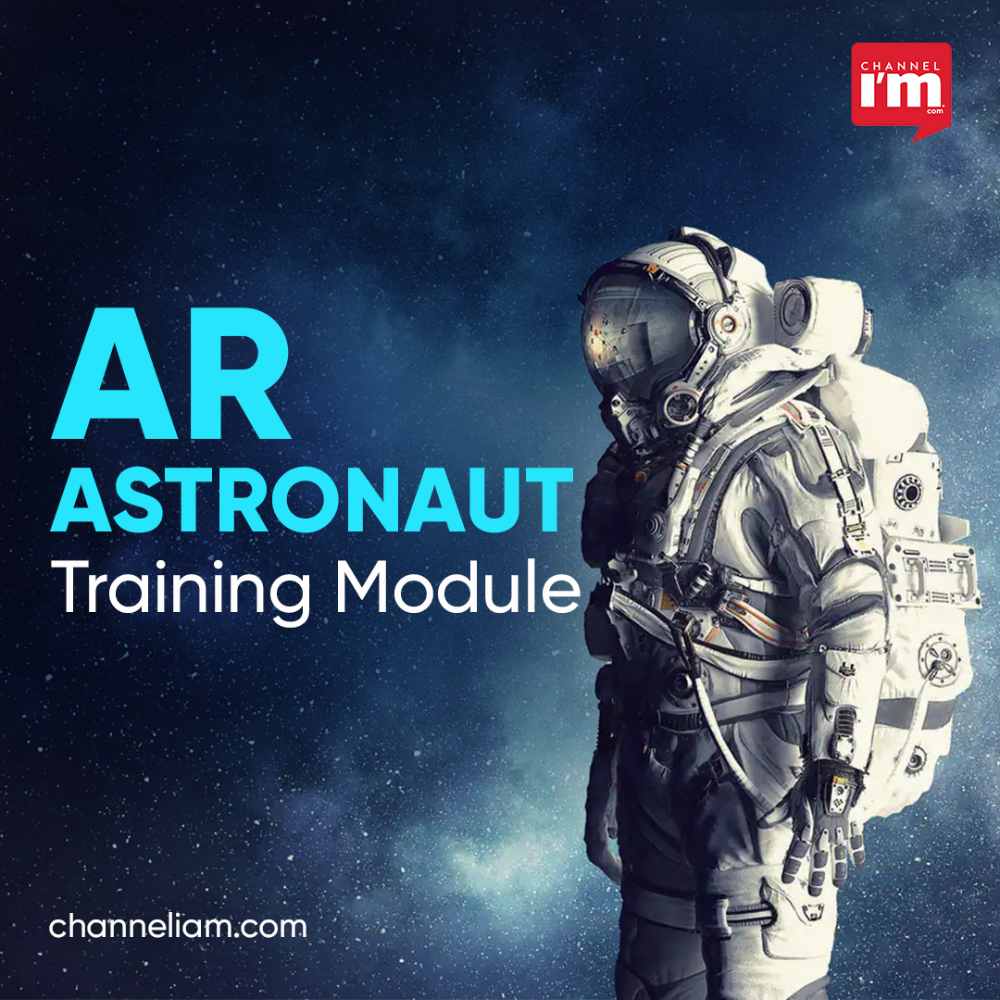Indian Institute of Technology Madras (IIT Madras) is going to develop a training module for the Indian Spaceflight Program using Augmented Reality, Virtual Reality, and Mixed Reality (AR, VR, and MR).

A Memorandum of Understanding (MOU) was signed recently between ISRO and IIT Madras for collaboration on the application of extended reality (XR) and other technologies in the Indian human spaceflight programme.
The design will include structure-based virtual models and simulations of mortal physiology as well as space systems, which will be crucial to understanding how the mortal body reacts and adapts to long-duration spaceflight—like a trip to the moon. Other aspects of the design include imaging and optimising the design and armature of a space-faring outfit, like the interiors of a mission’s crew module.
The key results predicted from this collaboration are modelling and simulation of human physiology as well as space systems, outreach activities, visualisation and optimization of design architecture, and training ISRO scientists in developing their own XR systems.
The XTIC is one of the first Research and Product Innovation Centres for XR, encompassing several fields of Engineering, Medicine, Psychology, and the Arts. IIT Madras is focusing on the fundamentals of XR, like human factors.
While most of the research labs around the world are focusing on either the software or hardware components of XR, the centre in IIT Madras is focusing on the fundamentals of XR: Human factors, particularly perception and illusion, pioneering a new field called “Perceptual Engineering” and “Perceptual Algebra.”
